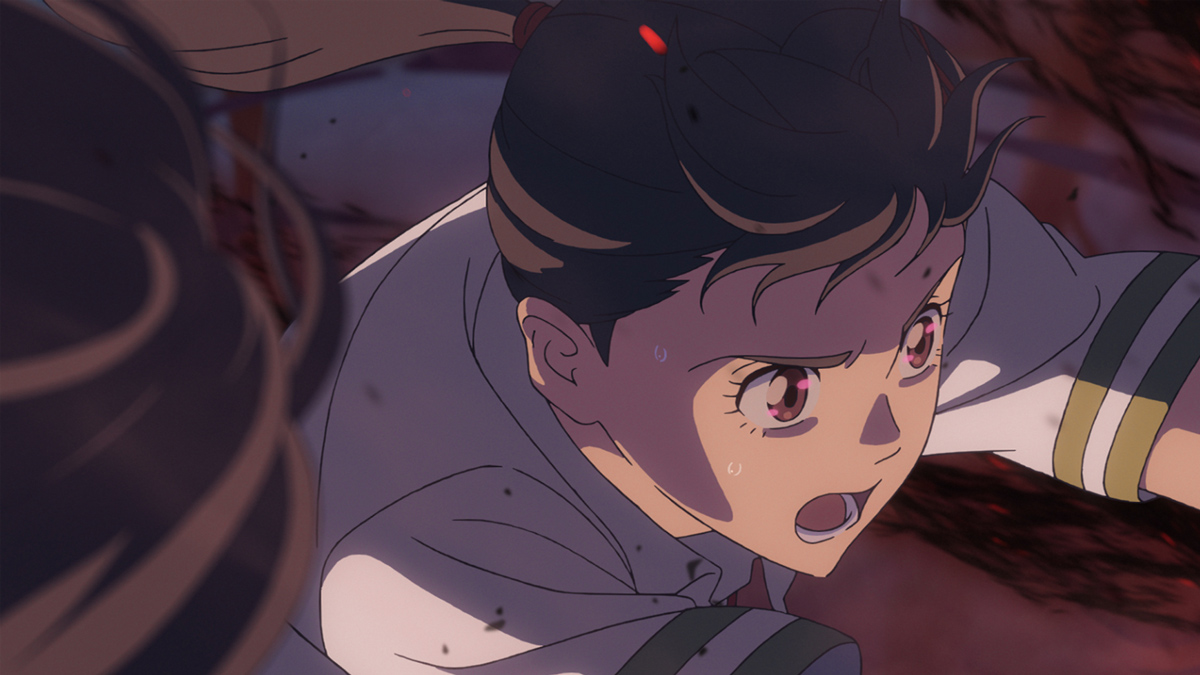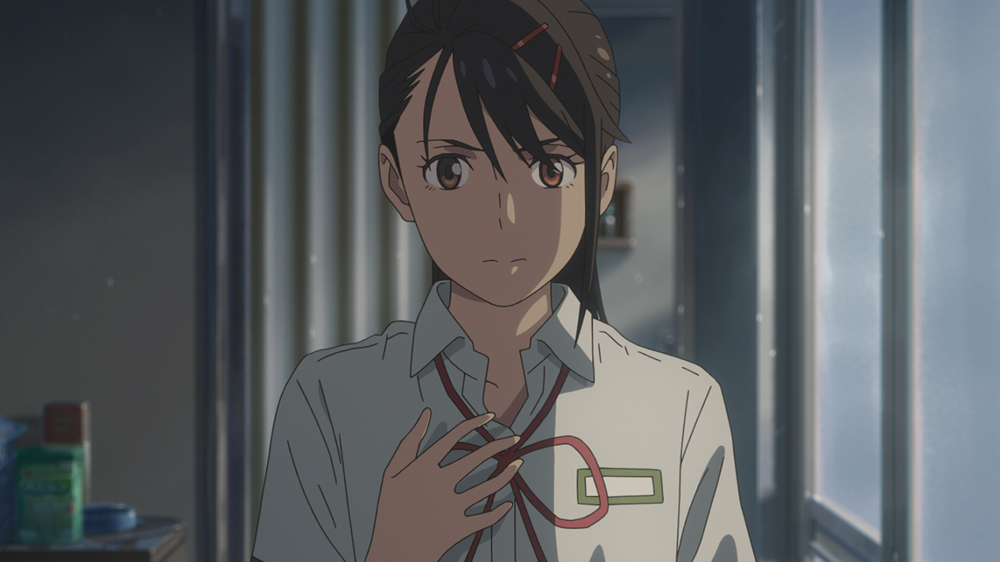
(C) 2022 “Suzume” Production Committee
"The Suzume" Makoto Shinkai depicts the confrontation with disaster and the recovery of the heart
2022.11.11
Suzume, a disaster victim, views life and death
The theme of ``depicting the earthquake disaster'' also has a strong influence on Suzume's human figures. As mentioned above, Suzume is a victim of the earthquake (although she is not named, the description at the beginning, the chronological setting of ``12 years later'', and the setting suggest that it was the Great East Japan Earthquake). This also affects her internally. What is particularly striking is the view of life and death. Suzume repeats over and over again in the play, ``I'm not afraid of dying.'' This does not come from courage, but from a rule of thumb. Suzume also says: ``Whether you live or die is just luck.'' She was the only one who "happened" to survive, and her words have a completely different weight and persuasive power.
``The Suzume'' is a story about a high school girl who locks her door, but the mistake is that it does not depict the conflict she has with putting her own life at risk. At first, Suzume was in a position to back up Sota, but when Sota became a chair, she started to take the front line. However, instead of just accepting the situation, Suzume actively tries to intervene from the beginning. One of the driving forces behind this is the experience of being affected by the disaster, and it is a mixture of ``I don't want to make you feel the same way because I lost my life'' and ``I don't regret my life.''
The scene that foreshadows this is already set in place from the beginning, and when Suzume, who knows nothing, finds the back door, she does not hesitate to dip her feet in the water. Personally, when I first saw it, I felt a little uncomfortable with the depiction of Suzume walking toward the back door without taking off her shoes or socks, but this also serves as a prelude to Suzume's ``indifference to her own life.'' are doing. And even after Suzume begins to stand on the front lines as a cloister, she continues to take more and more risks in order to achieve her goals. As if to say, ``I was just kept alive.''

“The Suzume” (C) 2022 “The Suzume” Production Committee
The important point is that her self-sacrificing spirit is not The Natural-born trait like the main character of a classic boy's manga, but that it "happened to happen." “ Your name is. 's Mitsuha comes from a family of shrine maidens, and Hina from ' Weathering with You ' was chosen as a result of passing through a torii gate, but Suzume in ' Suzume' is a direct victim. The reason why she developed the ability to see earthworms is also revealed in the play, but it has tragic overtones that make it difficult to understand. When sealing the back door, he uses the key to recite a spell, and at the end he says, ``I'll return the favor,'' and this nuance is truly outstanding. Suzume does not have a fighting instinct, a desire for self-expression, or a desire to get ahead, but simply wants to limit the damage, so she uses her power to the detriment of herself. It can be said that he is a character who is forever haunted by loss, including his driving force.
Suzume's sense of danger and loneliness is caused by the worries of those around her, including her guardian Tamaki (voiced by Eri Fukatsu) and her partner Sota, as well as the worries of the people she meets on her journey. It is supplemented and at the same time forms a contrast. The change in Suzume's state of mind, which was like a mass of self-sacrificing spirit, so to speak - the emergence of a feeling of being "afraid of dying" is linked to the excitement of the drama in the second half. has been done. ``The Suzume'' is a story of requiem, in which the loss and rebirth that occur within the protagonist overlap with the story.
The depiction of “memory” as an evolution of “time”, which is a characteristic of Shinkai’s works.

